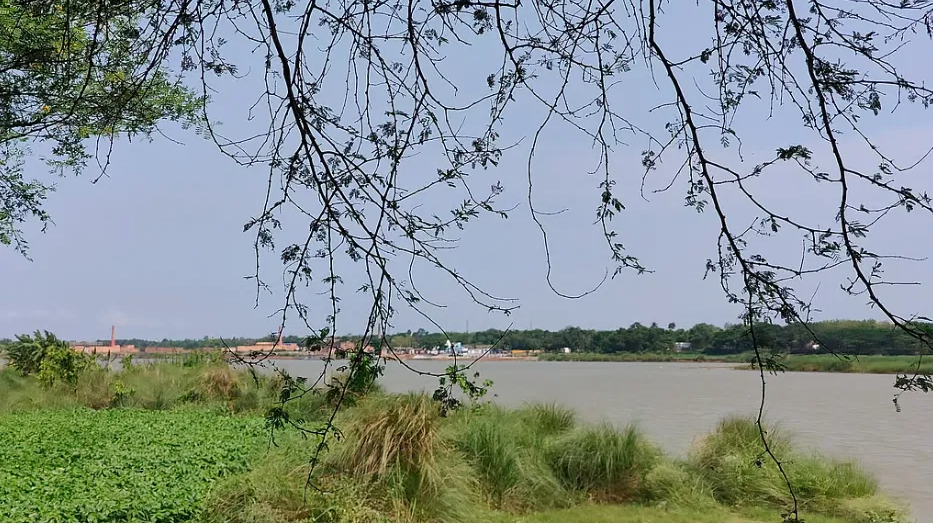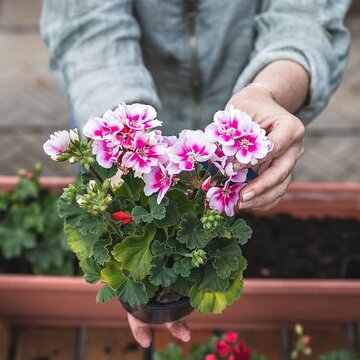Take a train to Shantipur station and then a 10-km toto ride to the riverbank. Beautiful cottages stand along the wide stretch of the Bhagirathi.
On a winter morning, set out by car for Shantipur in Nadia district, around 95 km from Kolkata. Shantipur is a centre of Bengal’s education, culture, and famous handloom tradition. The town carries layers of history and heritage. Once, the lanes of Shantipur echoed with the sound of handwoven looms. Today, many looms run on machines.
Also Read | Lavasa: A piece of Italy in India that draws weekend tourists with a European touch by the lake
From Shantipur station, take a 10-km toto ride to the riverbank. Along the spacious riverside lies the resort “Tarangini,” spread across roughly four and a half bighas. It is decorated with flower gardens. In the attached restaurant, enjoy lunch or dinner with the cool breeze as you take in the serene beauty of the Bhagirathi. Sunrise and sunset views from here are remarkable. To explore Shantipur properly, you should keep at least two days in hand.
City of luminaries
Many notable figures were born here like Advaita Acharya, Bijoykrishna Goswami, Krittibas Ojha, Azizul Haque, poet Mozammel Haque, Sudhamay Pramanik, poet Jatindranath Sengupta, poet Karunanidhan Bandopadhyay, Nirmalendu Lahiri, Pandit Lakshmikanta Maitra, Kaushik Chatterjee, and poet Damodar Mukherjee. Some believe Advaita Acharya’s spiritual seat was at Babla village near Shantipur station. It was in Shantipur that Chaitanya Mahaprabhu, Nityananda Prabhu, and Advaita Acharya met. After taking sannyas, Chaitanya met his mother Shachimata here. Another Vaishnav saint of the same lineage, Bijoykrishna Goswami, also has a memorial here.
Festivals of the city
Two places in Bengal are famous for Ras festival, Cooch Behar’s Madan Mohan Ras and Shantipur’s Ras Utsav. Visitors from across India and abroad gather here during this time. Shantipur’s Rasjatra is world-famous. Other important festivals include Doljatra, Sutragaṛh’s Jagaddhatri Puja, Haripur’s Ram Navami, and Advaita Prabhu’s birth anniversary Maghi Saptami or Makri Saptami. At the end of the month of Baisakh, the Muslim community’s festival “Gazi Mia’s Wedding” is celebrated here.
Shantipur also houses the thousand-year-old stone idol of Radharaman, the Narayan Shila brought by Advaita Acharya from the Gandaki river in Nepal, and Bengal’s only six-armed (Shadabhuj) idol of Chaitanya. These are located at the large Goswami houses, including Gokulchand’s Atchala temple and the Mathuresh Goswami-established residence.
What else to see?
In Bejpara, you will find the Jaleshwar Shiva temple, built in the early 18th century, known for its intricate terracotta work. In Boubazar stands the Dakshina Kali Pancharatna temple. In Shyamchand Para, the 1726 Atchala temple with a black stone Krishna idol established by Ramgopal Khan Chowdhury of the Tantubai community that still stands. The temple cost Rs 2 lakh to build at that time.
Also Read | Tired of the urban noise? Unwind by banks of Reilly River
Shantipur also has the “Topkhana Mosque,” built in 1703–04 (1115 Hijri) by the local Faujdar Gazi Mohammad Yar Khan. Its dome and minarets still survive. Shantipur’s handloom saris are world-famous, and you can shop for them if you wish.
How to reach?
Take a train from Sealdah to Shantipur. From the station, take a 10-km toto ride to the Bhagirathi riverbank. Those coming via Howrah can take a Katwa-bound train, get off at Guptipara, cross the ferry ghat, and reach Tarangini in Shantipur. Several beautiful cottages and tents are available for accommodation. You can tour Shantipur’s heritage spots by toto.










